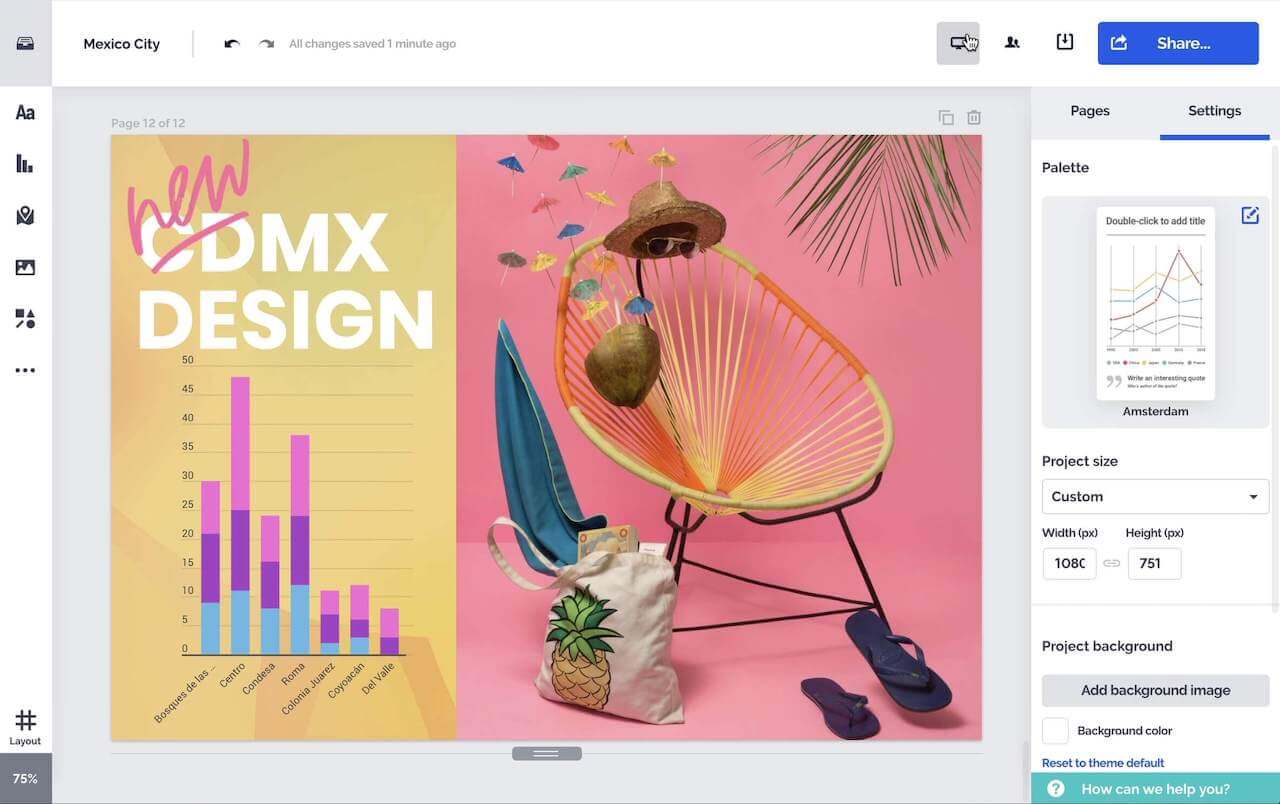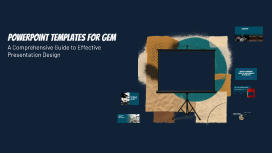PowerPoint Templates for GEM
Transcript: Consider Your Audience Define Your Presentation's Purpose Customizable Layouts Customizable layouts allow users to adjust the structure of each slide to effectively present their content, ensuring that the focus remains on the message being conveyed. Selecting a template that aligns with the audience's preferences ensures better engagement. Understanding the demographics, interests, and expectations of your audience can guide you in making the best choice for maximum impact. The purpose of the presentation greatly influences template selection. A template suited for a formal corporate meeting may differ significantly from one designed for a creative brainstorming session. Ensure the template supports the message you want to convey. Pre-Designed Slides Key Features of GEM PowerPoint Templates Pre-designed slides save time and effort, providing users with ready-to-use options that can be quickly tailored to fit their specific needs, ensuring efficiency in presentation preparation. Diverse Themes A variety of themes ensures that users can select a design that aligns with their content and audience, helping to create a cohesive and engaging visual narrative throughout the presentation. Tailor Your Template to Your Brand Customization is essential for ensuring that your PowerPoint templates reflect your unique brand identity. This process involves modifying colors, fonts, and layouts to create a cohesive look that resonates with your audience and maintains brand consistency. PowerPoint Templates for GEM: A Comprehensive Overview PowerPoint Templates for GEM PowerPoint templates tailored for GEM are essential tools that streamline the presentation process. They not only save time but also ensure a professional and cohesive visual experience, significantly enhancing communication effectiveness. This slide will set the stage for understanding the various facets of these templates, including their benefits, features, and customization options. A Comprehensive Guide to Designing Effective Presentations Time-Saving Efficiency By utilizing pre-designed templates, users can significantly reduce the time spent on formatting and layout adjustments, allowing for more focus on content creation and presentation delivery. Consistency in Design Benefits of Using PowerPoint Templates Examples of Effective GEM PowerPoint Templates Templates provide a consistent look and feel across all slides, promoting a unified brand identity and enhancing the overall professionalism of the presentation. Highlighting the evolution and effectiveness of various GEM PowerPoint templates over time. Enhanced Visual Appeal With appealing graphics and layouts, PowerPoint templates elevate the visual impact of presentations, making them more engaging and memorable for the audience. 2022 2023 2020 Templates that integrate multimedia elements, such as videos and animations, to enhance storytelling and retention. Emergence of templates designed for mobile accessibility, ensuring presentations are effective on various devices. Introduction of minimalist design templates that prioritize clarity and easy navigation, enhancing audience engagement. 2021 Launch of templates featuring interactive elements, allowing for dynamic presentations that keep the audience involved. Improved Organization Utilizing PowerPoint templates tailored for GEM improves organization and flow in presentations, leading to clearer messages and better audience engagement. Increased Professionalism Conclusion and Best Practices Adhering to best practices in template design fosters professionalism and credibility, which enhances the overall impression of your presentation. Brand Consistency Customization of templates according to your brand guidelines ensures consistency in visual identity, making your presentations more recognizable.

















